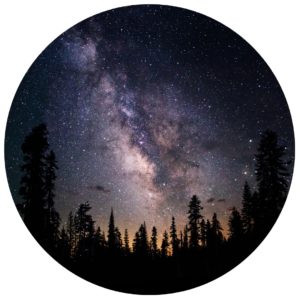No products in the cart.
The Norse God Baldur
Many aspects of Norse mythology have celestial aspects, i.e., they are projected skywards. This is for example the case with the world-tree Yggdrasil. The Norse God Baldur is the son of Odin and his wife Frigg and derives from the Proto-Germanic Balðraz, which means ‘hero’ and ‘to shine’.
Indeed, cultural hero’s are a part of many mythologies in the northern hemisphere. They are often considered as ancestral, in other words, that a tribe or a small-scale society ultimately descends from the cultural hero. Baldur himself is a solar deity, and variants of his solar presence as a shining cultural hero can be found across Europe and also outside the Germanic Pantheon (see e.g. Riccardo Ginevra, 2019).
He is attested in the Prose and Poetic Edda, which mainly deal with the death of Baldur and the following event of Ragnarök. He is likewise mentioned in the northern German Merseburg Charms. Baldur’s is eventually slain by Hoðr whereas Loki can be understood as a compliece. This myth, as has been pointed out by scholars in comparative mythology, could be understood as Baldur personifying a solar Sky god, and Hoðr being a God of the underworld, night and darkness (see e.g. Anatoly Liberman, 2004, p. 22).

In this sense, Baldur can be understood as personifying the passing of time, and more importantly, the cycles of time and the powers of chance and transformation (see e.g. Frog, 2010). There are many similar myths outside of the Germanic Pantheon where the narrative of the myth tells of the death of a particular cultural hero, which is linked to the sun and transformation.
There’s for example a traditional hunter-gatherer myth called ‘the cosmic hunt’, which is widespread across Eurasia and North America. The myth speaks of a group of hunters or two cultural hero’s such as the bear and the elk (e.g. in western Siberian variants). The bear-hunter chases the celestial elk. Upon the elk’s death, the sun is handed back to humans and the cycles of nature are restored (see e.g. Y. Berezkin, 2003, 2005).
The death of Baldur, however, was tragic to the Aesir tribe. The movement of the sun during the course of the year, the change of the seasons, the Moon rising, have been acknowledged and recognized by pre-christian cultures such as the Germanic cultures and as such expressed as agents of change in their animistic cosmovision (see e.g., Gísli Sigurðsson, 2014).




